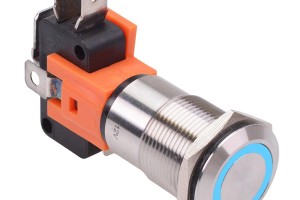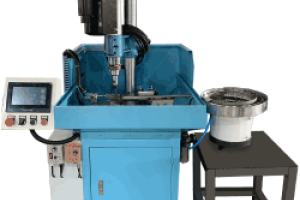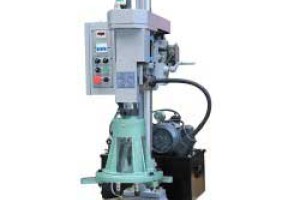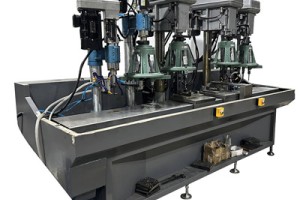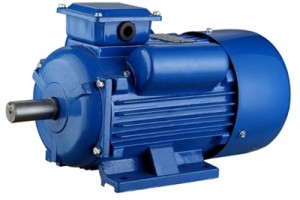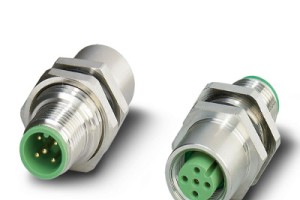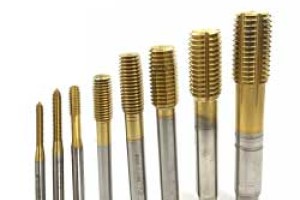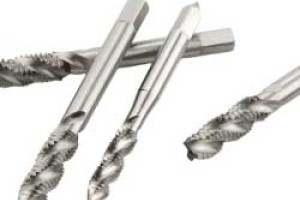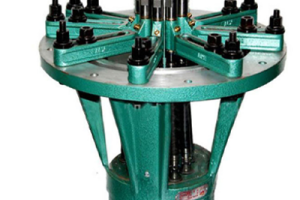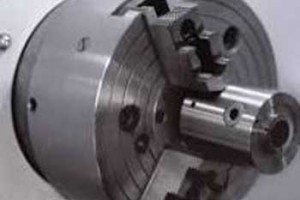





- Stock: In Stock
- Model: SCJ009205
- SKU: SCJ009205
Available Options
Ask a Question About This Product
- Description
100W 24V DC Servo Motor 0.31 Nm 3000 rpm
Brief
Description
Low cost 100 watt DC servo motor is brushless design, 24V DC rated voltage, 3000 rpm, 3300rpm no-load speed, 0.31 Nm rated torque, 0.95 Nm peak torque, widely used in CNC lathe machine, printing equipment and packaging equipment etc.
Basic Specifications
- Model: SOCOJE-60AS0201-30
- Rated Power: 100W
- Rated Voltage: 24V DC
- Rated Current: 5.4A
- Rated Torque: 0.31 Nm
- Peak Torque: 0.95 Nm
- Rated Speed: 3000 rpm
- No-load Speed: 3300 rpm
- Working Efficiency: 85%
- Flange Size: 60mm
- Weight: 1.8 kg
Technical Parameters
- Incremental Encoder Line: 2500 PPR
- Rotary Inertia: 21 Kg.m2x10-6
- Line Resistance: 0.195Ω
- Armature Inductance: 0.225μH
- Torque Constant: 0.058 Nm/A
- Brake Apparatus Voltage: 24V DC, brake release when powered
- Motor Lead Length: 1 meter
- Back EMF: 6vkr/min
- Protection Grade: IP55
- Insulation Class: Class F
- Certification: CE, ISO
Features
- 100W DC servo motor with IP55 protection grade and F class insulation structure
- Optimized winding end structure, minimized copper loss and iron loss, small size, light weight, low temperature rise and high efficiency (85%)
- Super coercivity, SOCOJE DC brushless servo motors using NdFe35 permanent magnet material, strong anti-demagnetization ability, stable motor performance
- Low noise, low vibration, low moment of inertia
- High torque, fast dynamic response, wide speed range, strong overload capacity (4 times)
Dimension (Unit: mm)

Wiring Definition

Details

Tips: Control mode of SOCOJE DC servo motor
There are two main control modes of SOCOJE DC servo motor: One is armature voltage control, which controls the speed and output torque of the motor by controlling the voltage signal applied on both ends of armature winding when the stator magnetic field is unchanged, the other is excitation field control, which changes the intensity of stator magnetic field by changing the magnitude of field current, thereby controlling the speed of the motor and output torque.
When adopting the armature voltage control mode, the armature current can reach the rated value because of the unchanged stator magnetic field, and the corresponding output torque can also reach the rated value, so this mode is also called constant torque speed-regulation mode.
However, When adopting the excitation field control mode, the motor speed can only be changed by reducing the magnetic field, because the magnetic field is nearly saturated under the rated operating conditions. Since the armature current is not allowed to exceed the rated value, the motor speed increases with the decrease of magnetic field, but the output torque decreases and the output power remains unchanged, so this mode is also called constant power speed-regulation mode.
- Reviews
